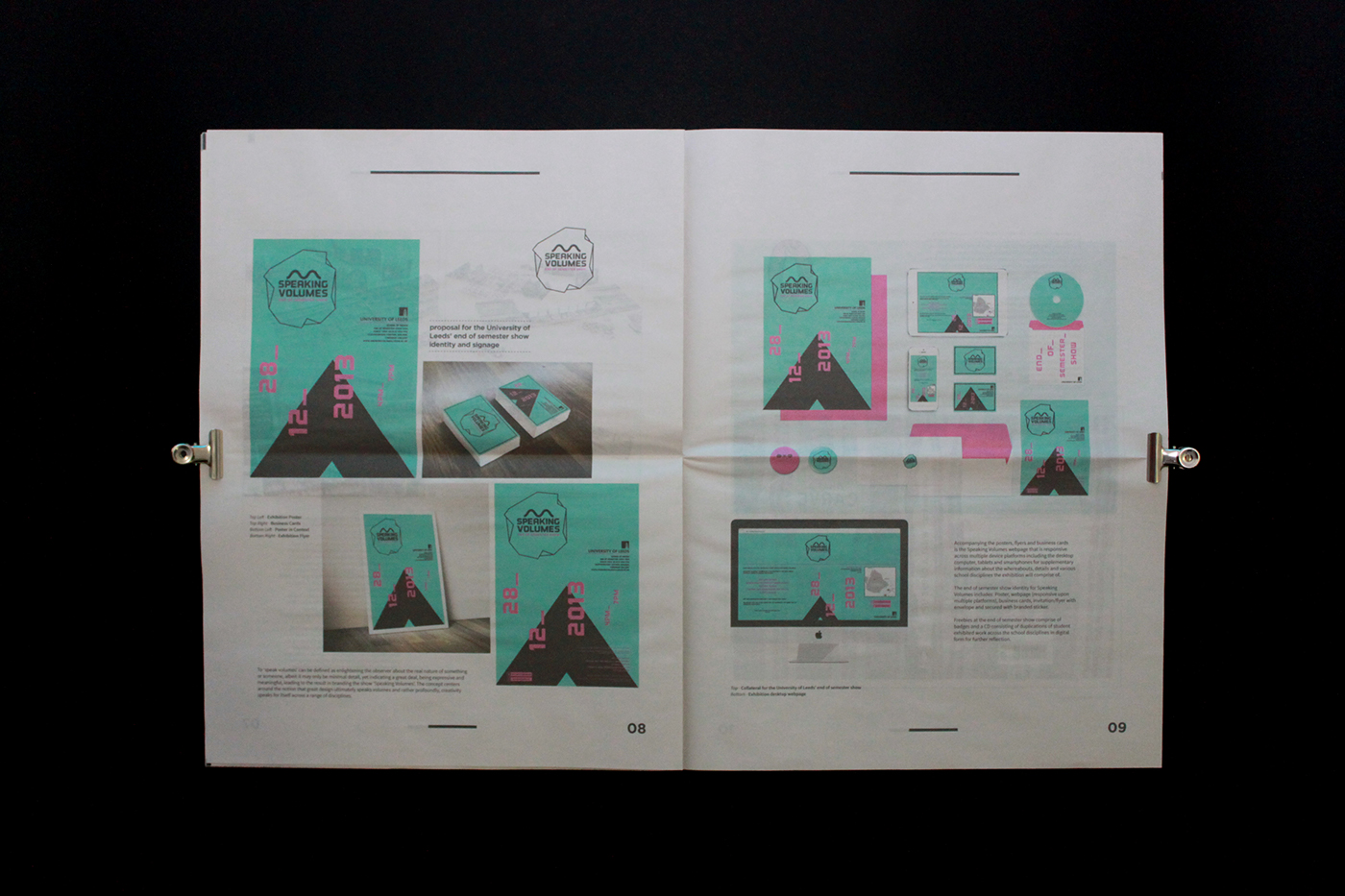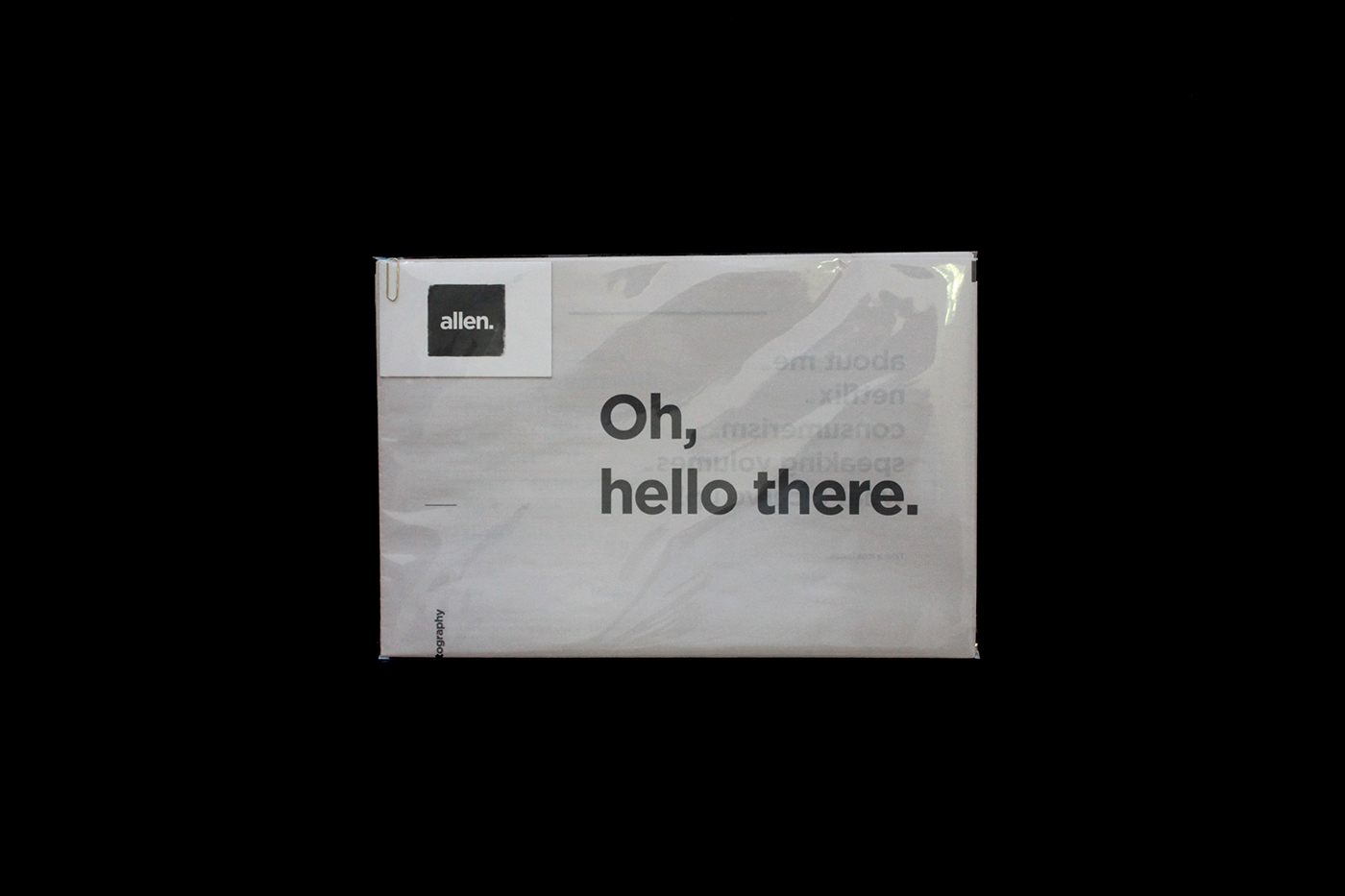I see myself as a digital design mainly focusing on UX/UI and Web design. Therefore, the promo pack should reflect these interests and the studios in which I'll be eventually sending the promo pack too. For example there isn't no relevance in sending screen prints and a creative CV made by using hand rendered techniques when the studios don't reflect or specialise in these areas.
The promo pack should represent my strengths in digital design as well as an overall look at my style. I began to research different promotional packs and creative CV's and had to decide whether or not I wanted to produce a promo pack that was only a digital version or a physical promo pack. In theory it make sense to create a digital promo pack to represent my love for digital design but for me when it comes to promotion it's important to stand out from any potential competition. A physical promo pack in which someone can feel and touch expresses so much more then a digital version. The studio can look at the promo pack, smell, feel and see how much work has gone into making the pack. Designers all have certain rituals when they receive physical work. They see what weight the paper is, what texture and how it feels when flicking through and these are the features that will say so much more then a promotional website/CV.
I decided to design a portfolio book along with a business card. Once the portfolio book and business card was finished I wanted to make sure it turns up in style by choosing an envelope that's eye catching and visually exciting. The portfolio book contains my favourite pieces of work from an overall standpoint, showcasing a contemporary style but making sure I include example of digital work too. The overall style and aesthetics of the book reflects my branding with a clean, modern and contemporary aesthetics keeping with consistency with my overall brand.






































